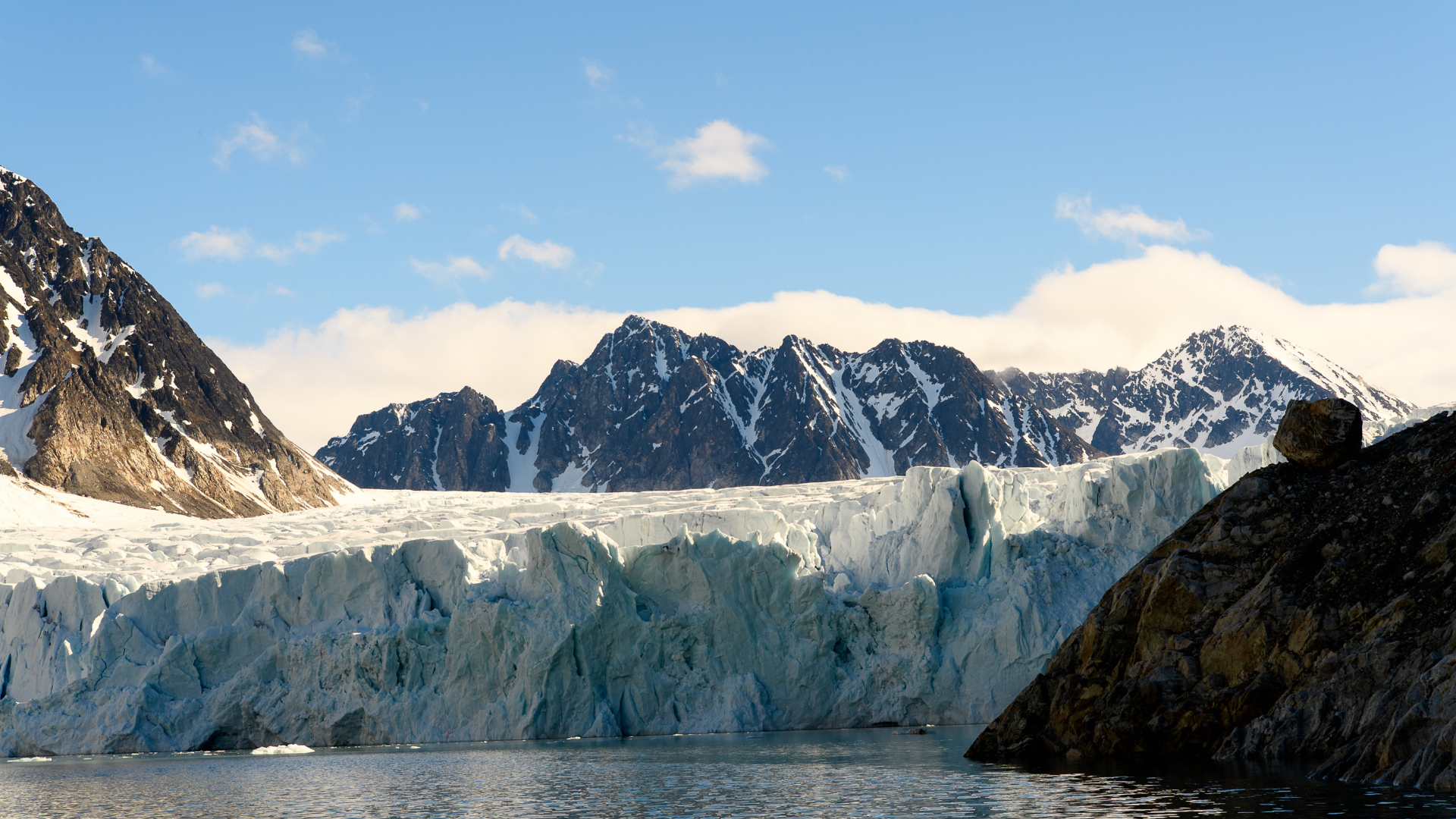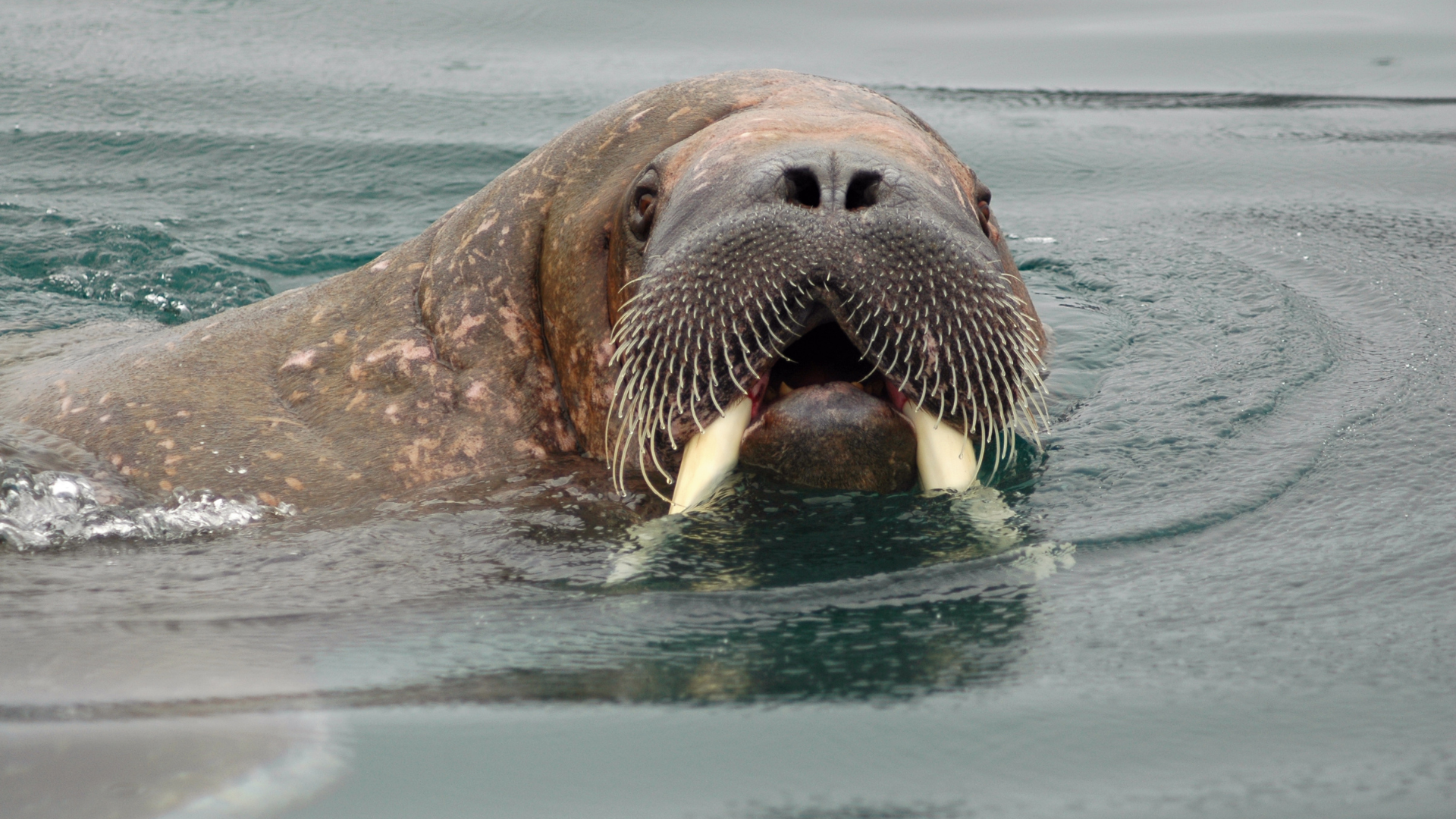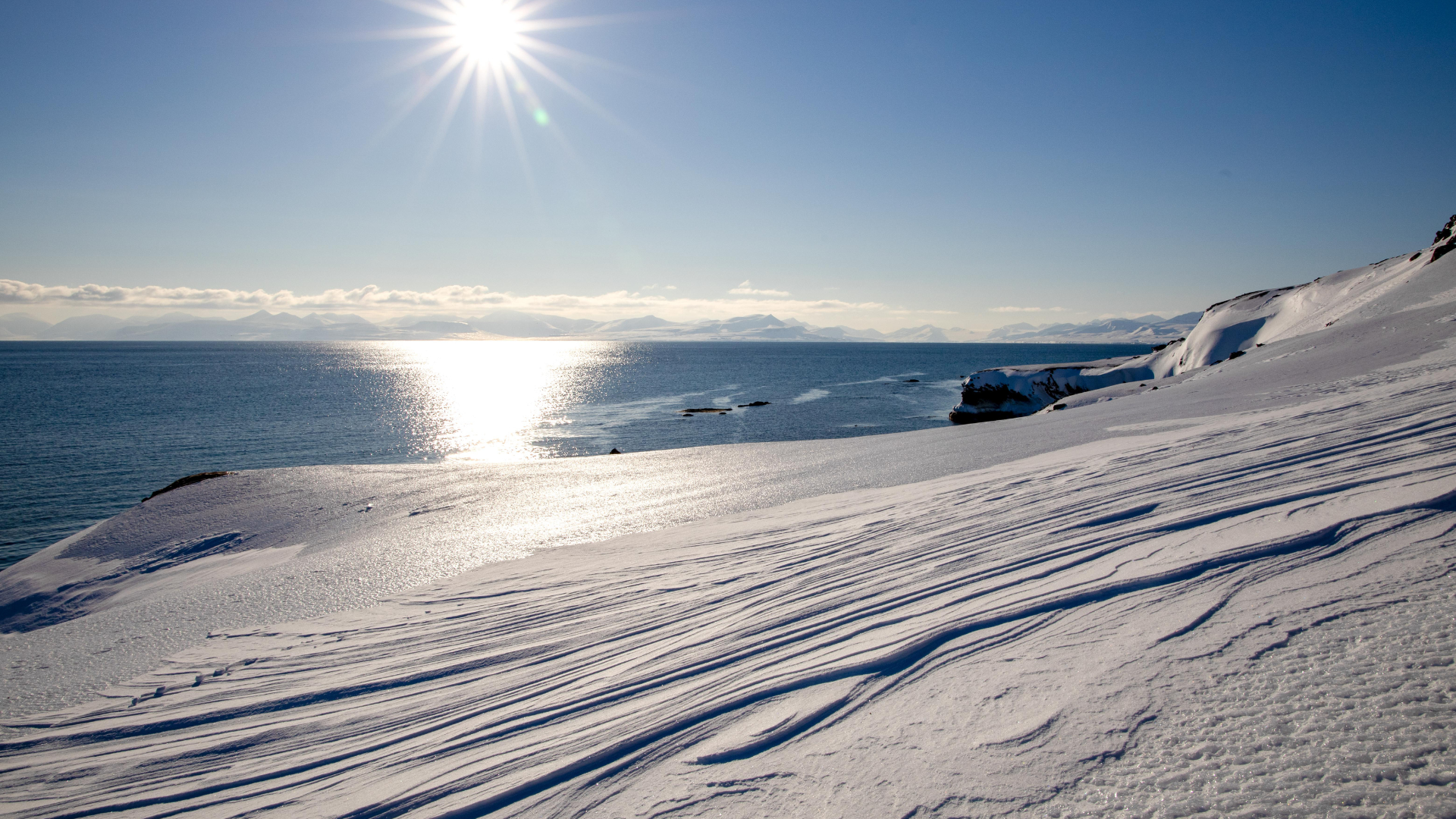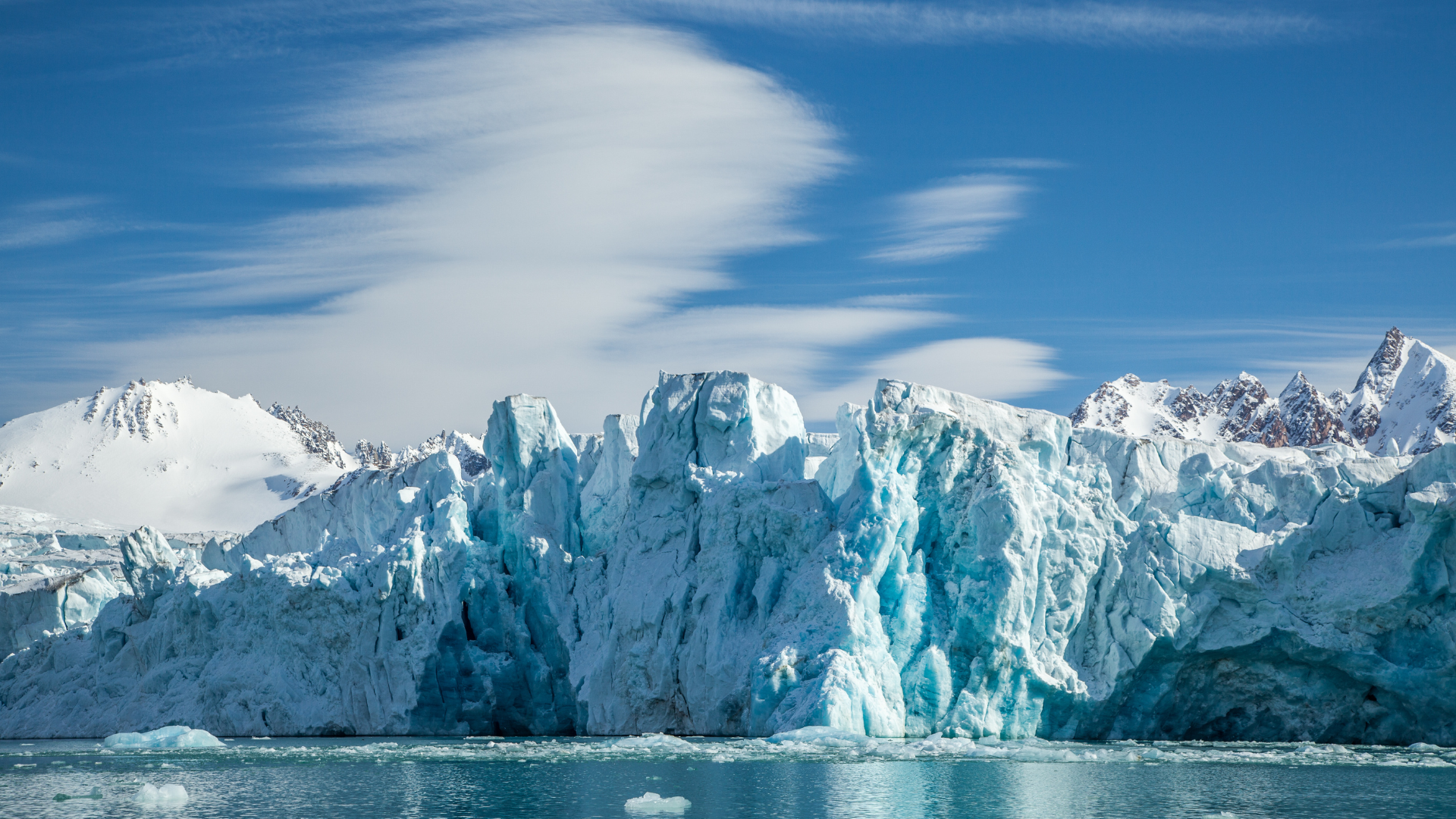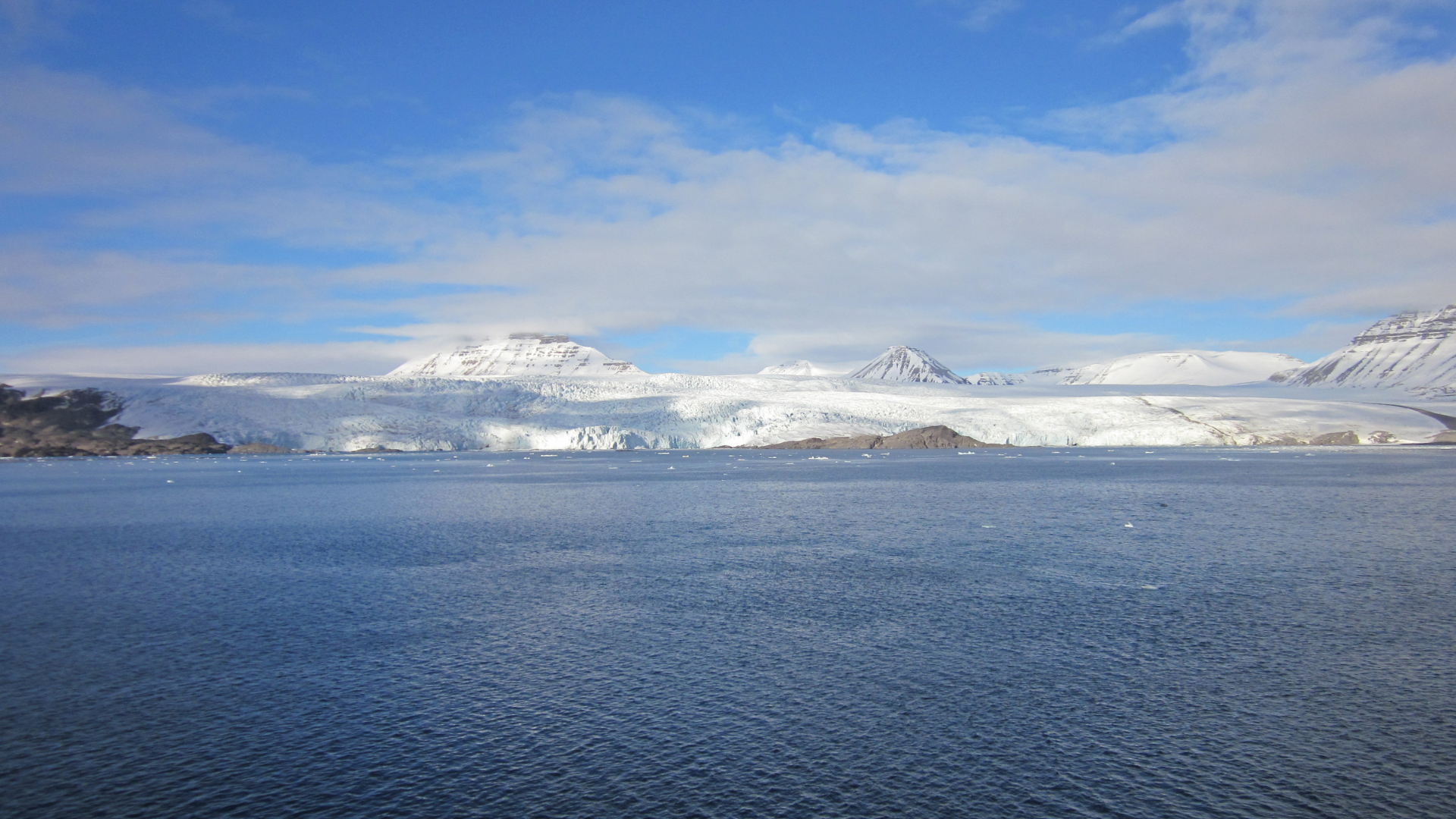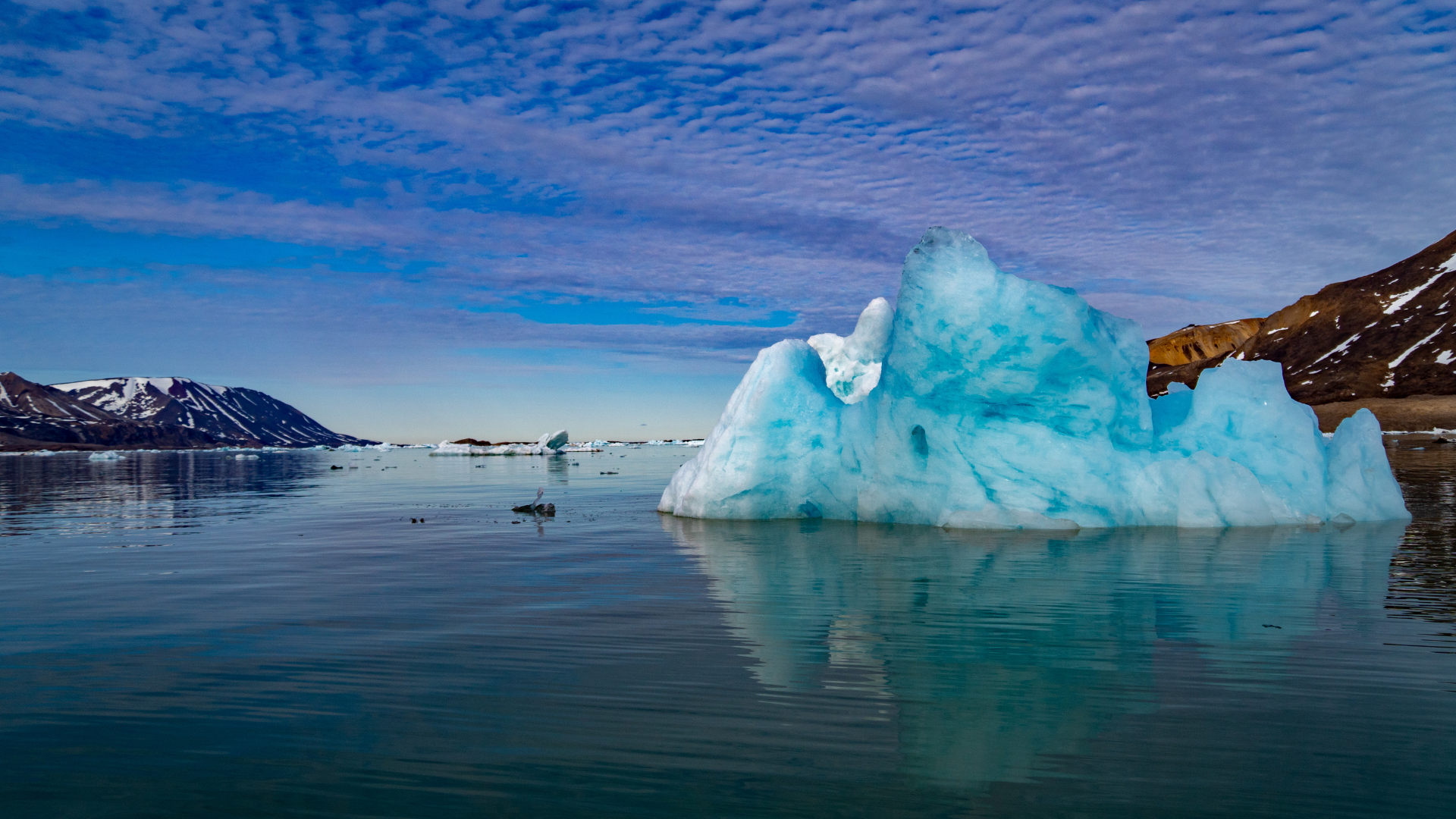It's Time To Explore Places That No One Has Been To
Svalbard: Most Prominent Wildlife in January
Svalbard: Most Prominent Wildlife in January
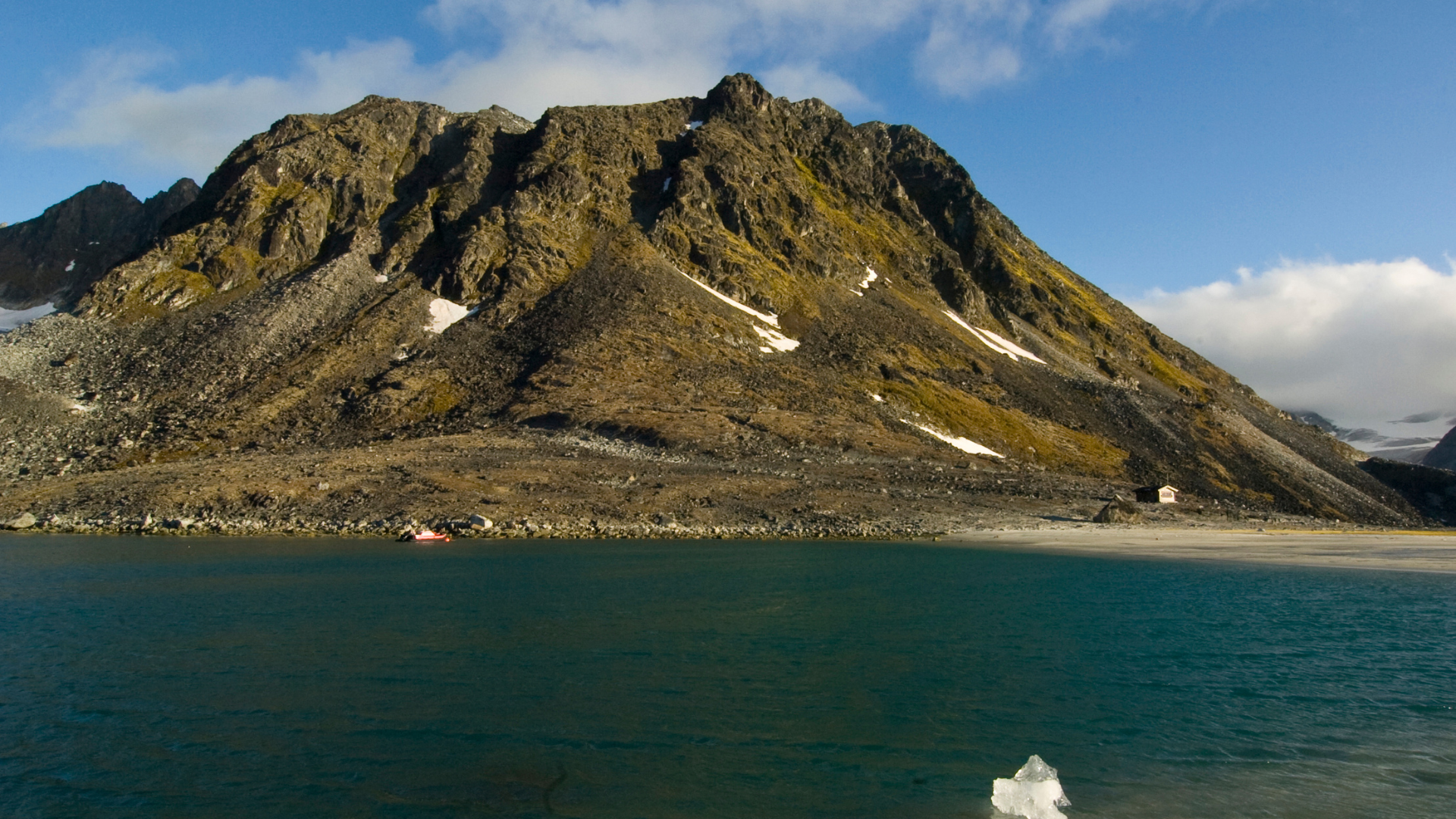
January in Svalbard is a month of stark beauty, where the polar night still dominates, and daylight is absent. Despite the constant darkness, Svalbard’s wildlife continues to thrive, adapted to the extreme conditions of the Arctic winter. One of the most iconic and prominent animals during this time is the polar bear. These majestic creatures roam across the frozen landscape, especially along the sea ice, where they hunt for seals. The thick ice provides them with a perfect platform to stalk their prey, and those venturing into Svalbard in January might witness these powerful predators in their natural habitat. Polar bears are the symbol of Arctic resilience, and spotting one is an unforgettable experience.
Walruses are another species that remain visible during January, although their activities slow down as the cold intensifies. These massive marine mammals haul themselves onto the ice or shorelines, where they rest in smaller groups. Their long tusks and large, wrinkled bodies are unmistakable, and even in the deep freeze of winter, they are a sight to behold. While walruses may not be as active as in warmer months, their presence adds to the allure of Svalbard’s winter wilderness.
The Svalbard reindeer, with its thick, insulated coat, is also a prominent feature of the January landscape. These small, hardy reindeer have adapted to survive on the sparse vegetation buried beneath the snow, and they spend their days digging through the drifts to find food. The reindeer’s ability to thrive in such harsh conditions makes it a symbol of endurance. Visitors often encounter them in the valleys and sheltered areas, where they quietly go about their business, offering a serene contrast to the more dramatic wildlife like polar bears.
The Arctic fox is another species that remains highly active during the deep winter months. In January, these clever scavengers are often seen darting across the snow-covered tundra, their white winter coats providing perfect camouflage against the icy backdrop. Arctic foxes are opportunistic hunters, often following in the footsteps of polar bears, hoping to snatch leftover scraps from a kill. Their ability to survive in such a hostile environment through a combination of hunting and scavenging makes them a fascinating subject for wildlife enthusiasts.
Birdlife is limited in January, as most migratory species have long since departed. However, the Svalbard rock ptarmigan remains, one of the few birds to endure the full force of winter. This plump, white-feathered bird is well camouflaged against the snow, and it forages in small groups, relying on its ability to blend into the environment to avoid predators. While it might not be as dramatic as the larger mammals, the rock ptarmigan is a key part of Svalbard’s winter ecosystem, a testament to the resilience of life in the Arctic.
Seals, particularly ringed and bearded seals, are still present in the waters surrounding Svalbard, although they become harder to spot as the ice thickens. These seals are the primary prey for polar bears, and they spend much of their time beneath the ice, surfacing only through breathing holes they maintain in the frozen sea. Though sightings are less frequent in January, the presence of seals is essential to the survival of many larger predators, and their silent navigation of the icy waters adds an air of mystery to Svalbard’s wildlife.
Lemmings and Arctic hares are two of the smaller creatures that remain active during January, though their movements are more constrained by the cold and snow. These animals are crucial to the survival of predators like the Arctic fox and snowy owls. Although they are not as commonly spotted as the larger mammals, their continued activity beneath the snow contributes to the delicate balance of the Arctic food chain. The persistence of these small animals in the dead of winter highlights the intricate web of life that sustains Svalbard’s ecosystem.
January in Svalbard is not just a time of survival but of adaptation and endurance. From the mighty polar bear to the resourceful Arctic fox, the wildlife that inhabits this frozen archipelago has evolved to thrive in some of the most extreme conditions on Earth. For those who make the journey to Svalbard in the dead of winter, the opportunity to witness these creatures in their natural habitat offers a rare and awe-inspiring glimpse into the resilience of Arctic life.
Want to travel to Svalbard?
It’s easy, just leave your details here and we will contact you
Sign up to our newsletter
We will get back to you as soon as possible
Please try again later
